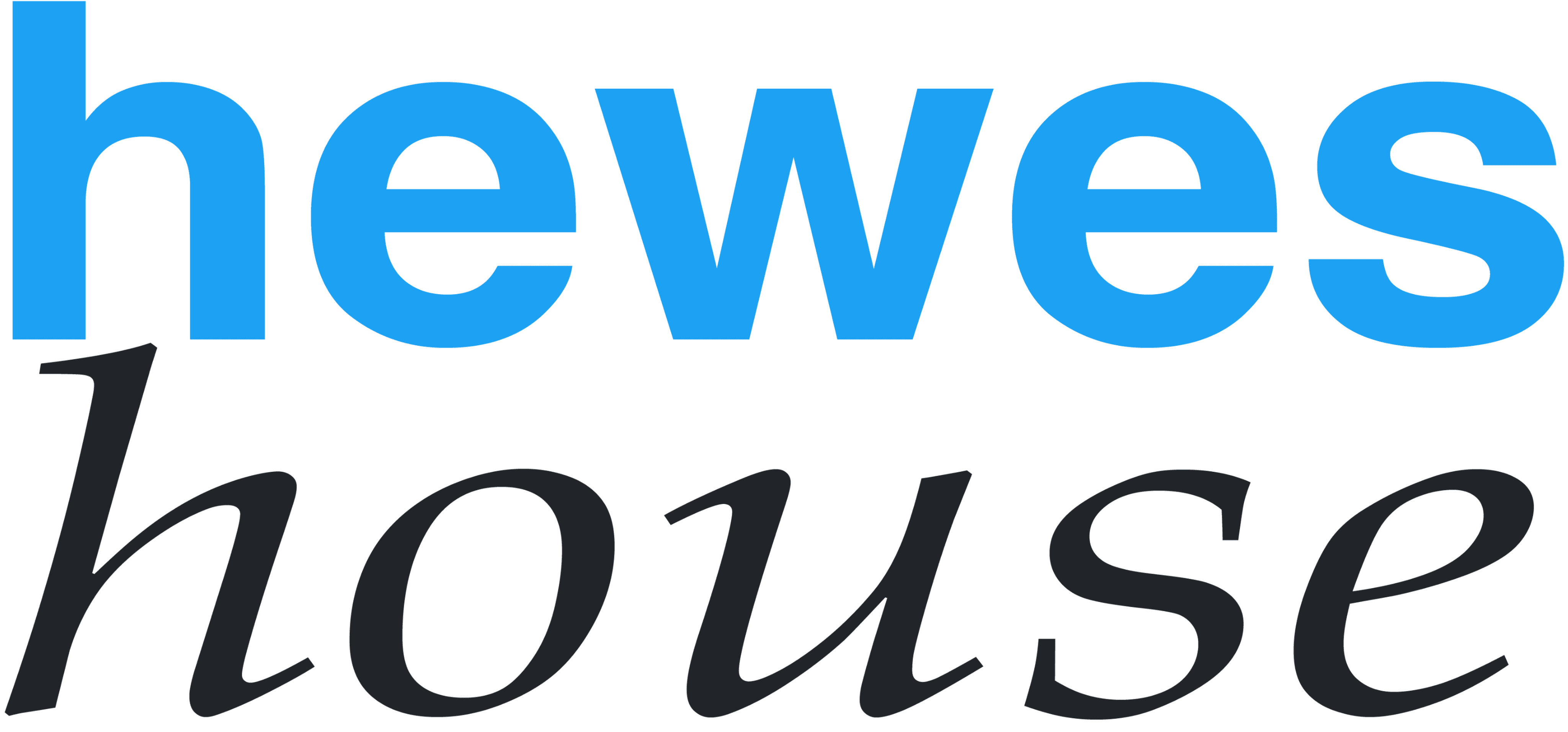Why Every Writer Needs "Cold Eyes" for Revision
Aug 13, 2025
A writing coach's guide to distance, detachment, and the emotional cycles that can transform your manuscript development process.
When Writing Becomes Everything
"I struggle with time. There is never enough. A night flies by like nothing. I could and have spent whole days in my office to write. It makes me a little unsocial, and my family, who's very understanding, is sometimes slightly annoyed. When I began to rediscover writing, for me, things got so much out of hand that I hardly slept and didn't eat. I wasn't hungry at all for almost three days. Sometimes it can feel like an addiction."
This writer captures something many of us recognize: the pull of writing that feels almost compulsive. At first, this level of devotion seems admirable—the kind of total commitment that should lead to great work. But there is a hidden cost to never stepping away from your project, one that can actually damage the writing itself.
The Addiction Cycle
There is a drug-like component to the writing experience, similar to how the mayor of New York once compared cheese to heroin. You feel incredible when you’re on a roll, but after enough comedowns, you learn to mistrust that feeling. Paradoxically, this becomes helpful—knowing you'll work through the inevitable crash makes the highs less intoxicating and the lows less devastating.
The lesson isn’t to avoid emotional swings altogether but to understand they are part of the process. The euphoria of a perfect writing day will fade. The despair of struggling with a scene will pass. Your job is to keep working regardless of which emotional state you’re in.
The Problem with Never Looking Away
The real concern with obsessive writing isn’t the intensity itself—it’s how difficult it becomes to revise work you can’t detach from. When you obsess over a project for extended periods, you lose what one editor calls "cold eyes"—the ability to defamiliarize your work enough to experience it as if reading it for the first time.
Without that distance, you stop seeing what is actually on the page. Instead, you see what you meant to write, what you remember writing, or what you hoped you wrote. This makes effective revision nearly impossible, no matter how skilled you are.
Two Approaches to Emotional Management
Writers handle the emotional intensity of their work in fundamentally different ways, and both can be effective. Some develop an almost zen-like disregard for their daily feelings about a project. When they feel excited about something they’ve written, they remind themselves it’s probably not as good as they think. When they’re convinced it’s terrible, they remember it’s likely better than it seems. This emotional detachment, despite the work being the most important thing in their life, creates stability through the inevitable ups and downs.
Others take the opposite approach, riding both emotional waves intensely. Every good day feels genuinely amazing; every difficult session brings real despair. There’s no shame in either approach—what matters is recognizing that your feelings about the work on any given day don’t determine whether you continue. The work continues regardless of how you feel in the moment.
The Sustainability Mindset
Experienced writers learn to anticipate the hard days. They know that momentum and excitement will wear off, and when they do, they’ll need to make a deliberate choice to continue working in whatever way feels sustainable.
Building a sustainable practice means planning for difficulty rather than hoping inspiration will carry you through. The most reliable writers aren’t those who never struggle; they’re the ones who’ve learned to work through the struggle.
The Reality of Draft Seven
One writer recently shared that she’s currently revising the seventh draft of her novel. The number felt discouraging at first—she wished she’d gotten it right by the third or fourth attempt. But perspective matters here: at this stage, the problem isn’t that the book is too baggy or unfocused. Instead, it’s about ensuring she’s exposing something meaningful about her characters and introducing real emotional risk into each scene.
Multiple drafts aren’t evidence of failure; they’re proof of commitment to getting the work right. Each revision serves a different purpose, addressing different layers of the story. The willingness to continue improving your work, even through a seventh draft, demonstrates professional dedication rather than amateur struggling.
How You Live, How You Write
There’s often a direct parallel between how you navigate daily life and how you approach your writing. Some writers, like those who constantly declutter their living spaces and dislike accumulating objects, bring this same minimalist approach to their manuscripts. They’re always cutting, always removing elements they can’t immediately justify, operating on the principle that if they can’t know with certainty that they love something, they’ll eliminate it.
Understanding your natural tendencies helps you work with them rather than fighting against them. The key is recognizing when these habits serve your writing and when they might hold you back.
The Self-Aware Solution
Sometimes writers identify their own solutions. Consider the perfectionist who starts writing something decent, then rereads it and decides it doesn’t meet their standards. They fixate on every word without making real progress. Their breakthrough comes from reminding themselves that this is the story they want to tell. Once they accept that simple fact, excitement returns and they can work productively again.
This kind of self-awareness often matters more than perfect technique. Recognizing your patterns and developing practical responses to them creates sustainable progress.
When Obsession Serves the Work
Writing is both a life and a process, and for some people, it becomes their primary focus. If that describes you, the specific methods matter less than the commitment itself. You should probably eat and bathe occasionally, but beyond basic self-care, deep engagement with your work isn’t pathological—it’s often necessary.
Many celebrated writers spent their lives essentially daydreaming until they reached the writing table, constantly thinking about their work even when not actively writing. This kind of total absorption can be productive, as long as you maintain enough perspective to see the work clearly when revision time arrives.
Practical Strategies for Distance
Creating "cold eyes" is a learnable skill:
Change the font when you’re revising to see your work differently
Work on scenes in isolation, separate from the larger manuscript
Take deliberate breaks between drafts
Keep a notebook for capturing ideas when you’re not actively writing
Trust the process even when daily progress feels slow
We’re not here to impress you. We’re here to walk beside you as you navigate the long, complex process of bringing meaningful work into the world.
The Choice to Continue
I think that’s the more important thing, whether you have a grounded or less grounded reaction to your good and bad days—what matters is the decision to keep working.
The obsessive writer’s dilemma isn’t really about managing intensity; it’s about learning when to lean in and when to step back. Both have their place in a sustainable creative practice.
We’ll walk with you every step of the way—through draft seven and beyond, through the highs and inevitable lows, toward the moment when your story finally becomes what it was meant to be.
Ready to write?
Submit a message and we'll arrange a conversation with one of our founders—a chance to talk through what you're hoping to accomplish. From there, we'll connect you with the coach who's right for your project.


Josh Boardman, Founder
Ben Griffin, Founder

